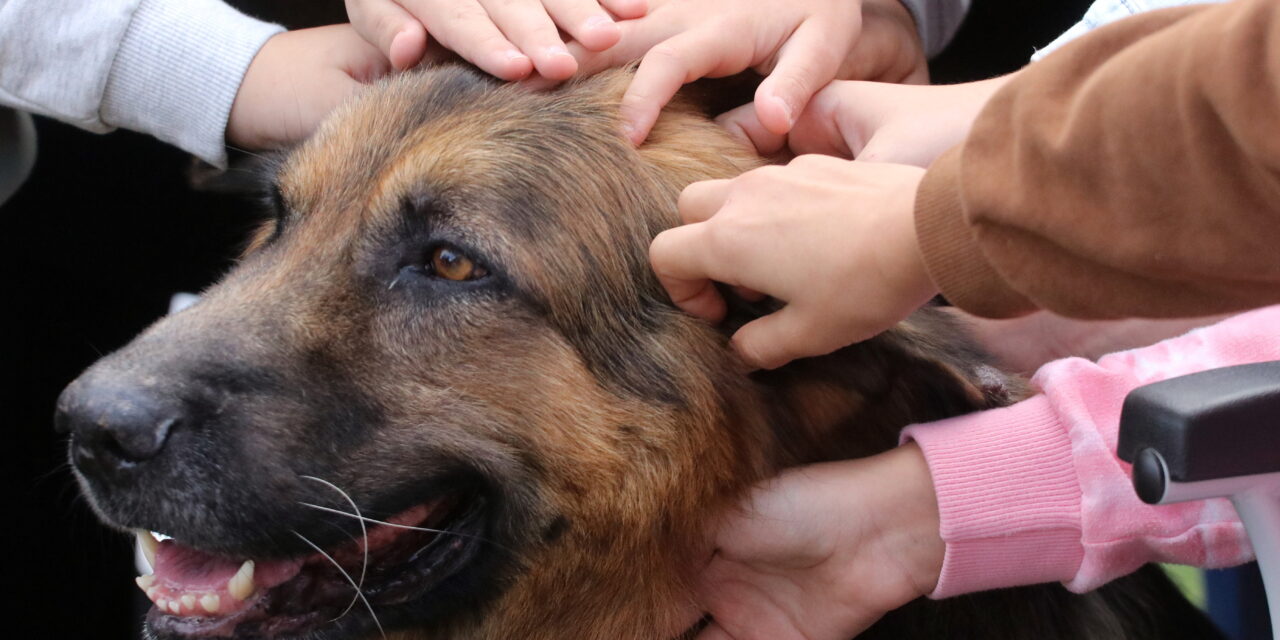The most common pet in our country is the dog, three out of four pet-owning households have a dog, the other highly frequent animal is the cat, which is kept in every second pet-owning household.
Nearly three-quarters of people live in a household where some animal lives with them, according to a representative survey of the Center for Animal Protection Law, Analysis and Methodology of the University of Veterinary Medicine. The research contained many surprising data, such as the fact that the majority of pet owners are men and the largest proportion is represented by the young age group, with 18-29-year-olds owning the most pets. It also turned out that companion animals are more common in villages and smaller settlements than in Budapest and big cities.
- The most common pet kept at home is the dog, three out of four pet-owning households have them - Szilvia Vetter, head of the Animal Protection Center of the University of Veterinary Medicine, detailed the results of the survey.
Compared to the entire population, this all means 56 percent, which makes the data interesting: previously fewer dog owners were measured in the country.
- So more than half of Hungarian households own dogs. This data produced an exciting result, according to the 2018 research, only 36 percent of households were dog owners, in the 2021 survey the proportion was already over fifty percent, and in 2023 it was already 56 percent. It is important to emphasize that the research was based on self-declaration, it is possible that not everyone stated in accordance with reality, therefore the increasing trend and the magnitude are more important factors than the specific data from the point of view of the research - pointed out Szilvia Vetter, who emphasized that it is clear that there are more and more dogs and dog-owning households.
Even the result of 2018 was considered great in European terms, we are in the forefront in terms of the proportion of dog-owning households.
According to the research, the proportion of dog-owning households jumped during the Covid epidemic, international studies also showed how the pandemic and the quarantine started, people were stuck in their homes alone, and many people took companion animals with them.
Not to mention that there was also a period when during the curfew it was only possible to leave our home to walk the dog.
- With the end of Covid, it was possible to see that the population returned to its previous rhythm of life, and this did not always include the companion animal. As a result of rising utility prices and inflation, more and more animals are surrendered to non-governmental animal welfare organizations, and the stray population is also on the rise, especially in Eastern Hungary, where the largest number of households with dogs can be found in this part of the country. It could be that, but we need to confirm this with further research, that there are more dogs in homes, shelters and on the street, and they want to surrender more to animal protection organizations - the head of the Animal Protection Center of the University of Veterinary Medicine detailed their research results.
As he said: the fact that there are many dogs would not be a problem in itself, but there is a problem with the fact that, according to all indications, there are more dogs and cats than responsible pet owners in Hungary. The only ethical solution to this problem is mass sterilization and education of animal owners.
– All this means 2.8-3 million farm dogs. There are not so many dogs registered in the official statistics - Szilvia Vetter pointed out the shortcomings of the outlier data of the research, and then added: there are many dogs that do not visit a veterinarian, do not have vaccinations and it is likely that they do not receive proper feeding. It is known that since 2013 it is mandatory to equip all dogs with a microchip, they should be included in the dog register. Many dogs do not have a microchip, or have simply failed to register it in the database.
The 2021 research also reveals that Hungarian dog owners are quite confident. The animal protection specialist underlined: the majority think that they do not need a trainer or a dog school, because their dog is very obedient.
On the other hand, if you look at the health statistics, you will see that one of the most common causes of injury in Hungary today is dog bites. The contradiction is clear.
"It is an important task of animal protection to settle these issues," added the head of the Animal Protection Center. He added that in the 2021 research they also asked how much the cost of keeping dogs causes problems for farmers.
Surprisingly, 77 percent said that they have no problem at all taking care of their pet.
- Considering the reality, all of this is more worrying than happy data, as it is questionable what level of animal welfare these numbers cover. Of course, it's not a problem if the dog owner doesn't spend money on the right food, the vet, or the right equipment - Szilvia Vetter expressed her concerns, who also talked about the fact that in this year's survey, the proportion of cat owners was 37 percent, although based on previous estimates it was it is probable that there are more cats in Hungary than dogs. This is most likely the case with regard to the number of all individuals, only with cats the ownership relationships are even less clear than with dogs, where the owner is usually easier to identify, so they tend to remain hidden during a self-declaration-based research.
Cover image: Children caress a dog at the public police dog training demonstration, at the event of the crime prevention department of the Borsod-Abaúj-Zemplén County Police Department on World Animal Day in the People's Garden in Miskolc on October 4, 2023.
Source: MTI/János Vajda












